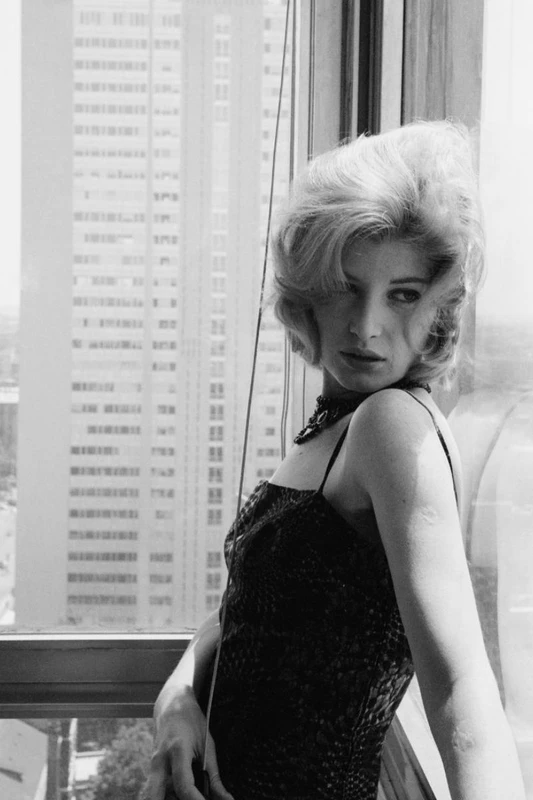Sergio Strizzi: The Perfect Moment
15 May-8 Sep 2024


Sergio Strizzi (1931 – 2004) is considered one of cinematic still photography’s greatest talents. He worked on film sets in Italy and beyond from the 1950s to the early 2000s alongside many of the country’s top film directors, including Antonioni and De Sica, as well as figures such as John Huston and Peter Greenaway. Strizzi was also set photographer for several James Bond films and later in his career worked with such greats as Benigni and Tornatore. This exhibition, organised in collaboration with Rome’s Archivio Sergio Strizzi, comprises some 80 images in both black and white and colour spanning the photographer’s entire career, and is the first survey of his work in the UK.
Passionate about photography from an early age, Strizzi began his career working for the Publifoto agency. In 1952, he captured the dynamic action of football matches for the film Gli undici moschettieri (The Eleven Musketeers) then went on to work on the sets of films such as La grande guerra (The Great War) and La donna del fiume (The River Girl), which starred Sophia Loren.
During the 1960s Strizzi worked closely with Michelangelo Antonioni on the sets of La notte, L’eclisse and Deserto Rosso, his photographs evoking the intense atmospheres of this great trilogy of alienation. After meeting the British producers Harry Saltzman and Albert R. Broccoli he moved to London to work on the sets of the James Bond films From Russia with Love, You Only Live Twice and For Your Eyes Only.
In 1978 Strizzi met Audrey Hepburn on the set of Bloodline, and later photographed her for a Life magazine feature celebrating her 50th birthday and her return to film. Throughout the 1980s he continued to work on film sets including John Huston’s Victory and Terry Gilliam’s Adventures of Baron Munchausen. During the 1990s Strizzi was much sought after on the sets of Hollywood productions based in Italy, such as Ripley’s Game (2002). During his long career, Strizzi documented over 100 films and was considered an artist in his own right by those he worked with.